Workforce Planning: The Complete Guide for Modern Teams
Learn how to build an effective workforce planning strategy. This guide covers forecasting, resource allocation, tools, and best practices for growing teams.
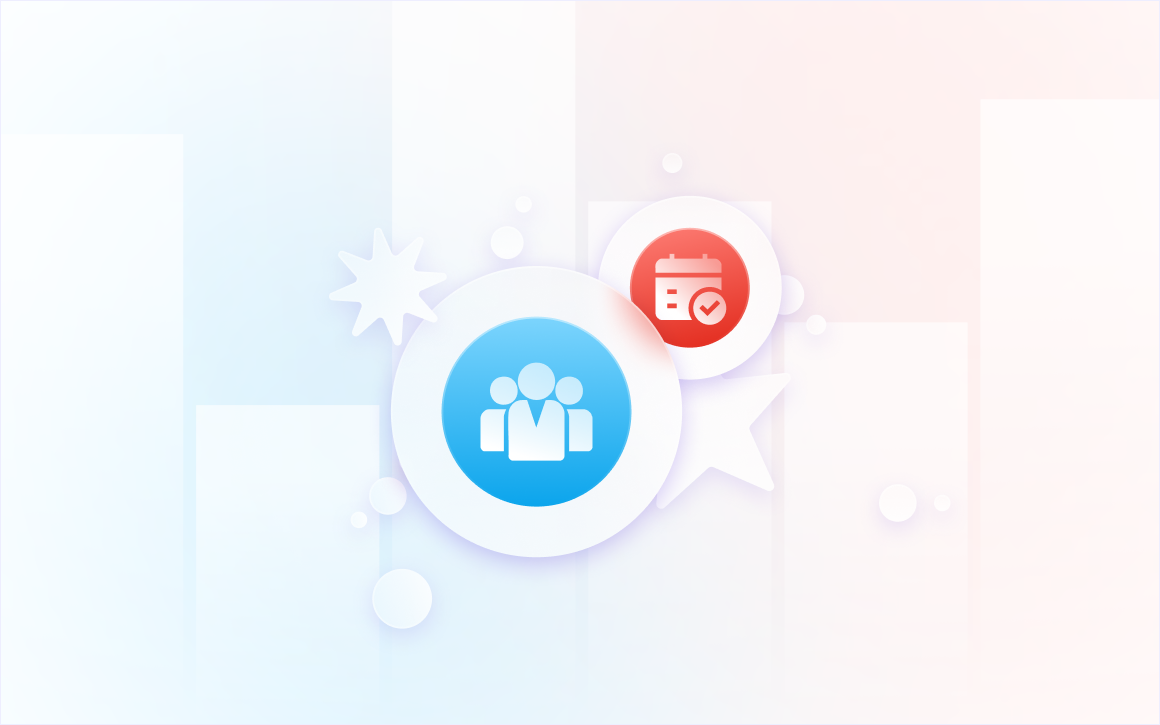
The fact is, many firms just react when it comes to their workers.
But what if you could break that never-ending circle and follow a clear plan instead?
What if you saw what was coming, dodged big issues, and could stay one step ahead of your need for people, rather than always trailing behind?
That is just what setting up your workforce can do.
It's not merely a new HR term or a boring office job—it is your key tool for turning mess into sense.
When done well, capacity planning does more than just help your profits; it boosts work output, grows profits, and greatly improves the lives of your workers.
This workforce planning guide covers everything from forecasting techniques to real-world strategies you can actually apply.
We'll also see how up-to-date tools like TMetric can smooth out the work of gathering data, giving you the key points you need to make smart calls about your team's path.
Whether you're in HR, managing a team, or leading a fast-growing business, it's a go-to resource to help you build a smart, sustainable workforce and learn how to do workforce planning.
Stop just reacting and start really shaping your workforce.

What Is Workforce Planning?
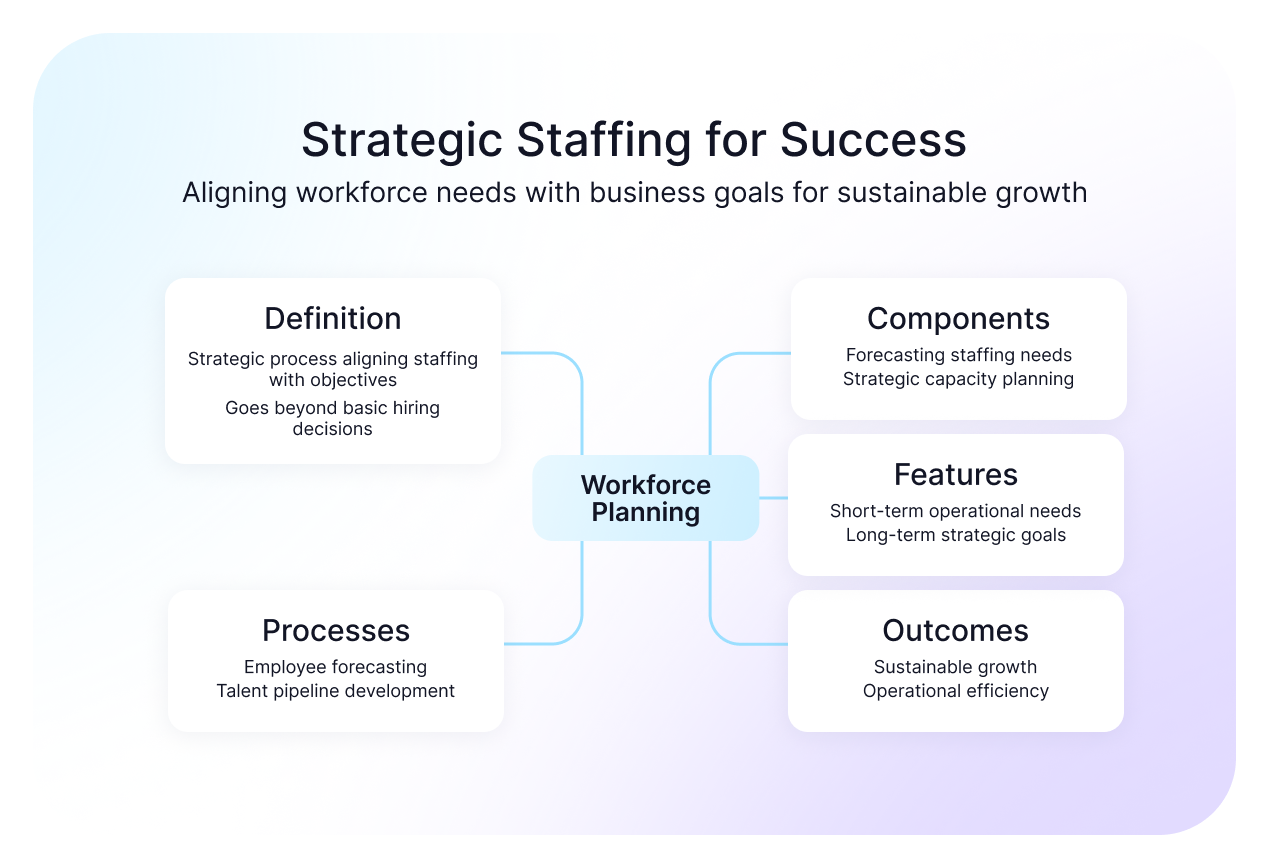
Workforce planning is basically about making sure you have the right people in the right places at the right time.
It's way more involved than just posting job openings when someone quits.
Think of it as looking ahead and asking yourself:
What kind of team will we need six months from now?
What is our staffing plan two years from now?
It's about understanding what skills your business will require and figuring out how to get them, whether that means hiring new people, training existing staff, or reorganizing your current team.
The really smart companies don't just react to staffing problems as they pop up.
Instead, they're constantly looking at their data to spot trends and predict what's coming.
They're thinking about things like:
Are we going to need more customer service reps when we launch that new product?
Do we have enough experienced managers to handle our expansion plans?
What happens if our top salesperson decides to retire next year?
It's not just about filling empty seats either.
Good workforce planning means understanding how work flows through your organization and making sure you're not overloading some teams while others have too much downtime.
Why Workforce Planning Is Critical
At its heart, workforce planning is about three things:
- Knowing what talent you'll need later
- Getting your team ready for what's next
- Changing your plan when you need to.
Think of it like making a house. You wouldn't begin without a clear plan, right? You have to know how many rooms you want, what stuff you need, and who can help you at each step.
Workforce planning is your guide for making and keeping a team that pushes your work ahead.
But here's why this really counts—the big reason to pay attention:
Avoiding Crises: No more panic when somebody leaves or when a new job needs skills you don't have, because you're ready. You saw this coming and have a plan.
Strategic Edge: Your people are a strategic advantage, not an obstacle. As you continue enjoying the services of the right people, others are working hard trying to get the right staff.
Money Saving: Rush hiring is very expensive. Rapid recruitment, time-pressed training, and workplace loss of opportunity sum up. Planning well saves you money on hiring, training, and keeping people.
Happy Workers: Nothing tires good workers more than always having too much or too little to do. With a good plan, you set up fair workloads and real chances to grow.

The best part? You don't need all the answers from the start or a big HR team to do this well. You just need the right steps and data—that's what we're here to help you with.
Key Components of Workforce Planning
1. Workforce Forecasting
Workforce forecasting is the backbone of strategic staffing decisions.
The estimation of future hiring needs, when made on a comprehensive analysis of project pipelines, is the best working tactic for team resource management and visualizing the growth of your business, because it includes historical attrition patterns.
This process creates realistic staffing projections and combines:
- Quantitative data analysis
- Strategic business intelligence to create realistic staffing projections.
The employee forecasting relies on:
- historical data while
- business goals
- market conditions.
Organizations must analyze trends in:
- employee turnover
- seasonal demand patterns
- business cycle.
Modern workforce forecasting also considers factors like technological automation, skill evolution, and changing customer demands to ensure long-term relevance.
Putting It Into Practice:
Business-Focused Approach: Revenue growth forecasts × productivity ratios, new products needing special skills, plans to expand into new markets, and location factors
Data-Based Calculations: Replacement Need (Current staff count × turnover rate) + Growth Need (Expected business growth × workforce multiplier) + Seasonal Changes
Example Calculation:
Current Sales Team: 20 people
Annual Turnover: 15%
Revenue Growth Target: 25%
Productivity Assumption: 1.2x with new tools
Replacement Need: 20 × 0.15 = 3 people
Growth Need: (20 × 1.25) ÷ 1.2 = 21 total - 20 current = 1 net new
Total Hiring Need: 3 + 1 = 4 people2. Skills Gap Analysis
Skills gap analysis represents one of the most critical components of modern workforce planning.
It includes:
- Comparison of current team capabilities and future operational requirements.
This process helps organizations to grow. It involves identifying the specific areas for:
- training
- strategic hiring
- internal reallocation of resources.
The analysis process begins with a comprehensive mapping of existing skills across all teams and departments.
Skills Mapping Template:
Role: ________________
Required Skills (1-5 rating):
- Technical Skill A: Current ___ Target ___
- Technical Skill B: Current ___ Target ___
- Soft Skill C: Current ___ Target ___
Development Priority: High/Medium/Low
Timeline to Proficiency: _____ months
Internal Development vs. External Hire: _______
Gap Analysis Process:
- List all critical skills for each role
- Rate current team capabilities (1-5 scale)
- Identify future skill requirements
- Calculate development effort vs. hiring costs
- Create skill development roadmaps
Skills Assessment Framework:
- List all critical skills for each role and rate current team capabilities on a 1-5 scale
- Identify future skill requirements based on strategic business plans
- Calculate development effort versus hiring costs for each gap
- Create skill development roadmaps with specific timelines and success metrics.
The detailed assessment of future skill requirements must be based on strategic business plans.
Organizations must consider both technical competencies and soft skills, as well as the time required to develop or acquire missing capabilities through training or recruitment.
3. Scenario Planning
An effective workforce strategy includes complex scenario planning that can assist organizations in facing multiple possible futures.
Effective scenario planning translates into detailed contingency staffing plans that provide answers for a few predominant challenges:
What happens if sales unexpectedly double?
What happens if we generate an unexpected significant loss due to a major client terminating their contract?
What happens if the critical technology we depend on is disrupted due to other sources of supply?
The process of constructing scenarios challenges employers to move away from simply linear growth projections toward the dozens of possible outcomes an organization can and does experience if outcomes change.
With the planning developed, organizations are more able to respond quickly as conditions change and remain productive at times of uncertainty and rapid change.
Essential Scenarios to Plan:
- Economic downturn (10-30% business reduction)
- Rapid growth (50%+ expansion)
- Key talent departure (C-suite, critical experts)
- Technology disruption (automation, AI impact)
- Market entry or acquisition
4. Resource Allocation
When organizations practice strategic resource allocation, they put people into roles and projects based on their applicable skills, current capacity, and billable rates or productivity metrics.
This practice relies on the ability of one or more disciplines— project management, human resources, and finance— to help facilitate this in a manner that maximizes individual performance in the context of the organization as a whole.
Effective resource allocation allows organizations to minimize resource bottlenecks that disrupt schedules or result in increased customer dissatisfaction.
It also enables higher-value employees to focus on initiatives that align with the organization's strategy rather than on admin, one of several unpredictable aspects of work, that could be managed by less expensive resources.
5. Budgeting & Cost Projections
Workforce plans must link well with budgeting and financial plans.
This ties staff hiring to real pay plans, job fill costs, and expected return on investment.
This kind of integration makes sure that workforce strategy supports rather than undermines overall business profitability.
Budgeting in workforce planning must include:
- base pay costs
- perks
- onboarding
- training
- potential severance expenses.
It means that the HR Department must closely collaborate with the Finance Department to get an understanding of financial constraints and build strategic priorities.
Plan for the First 90 Days
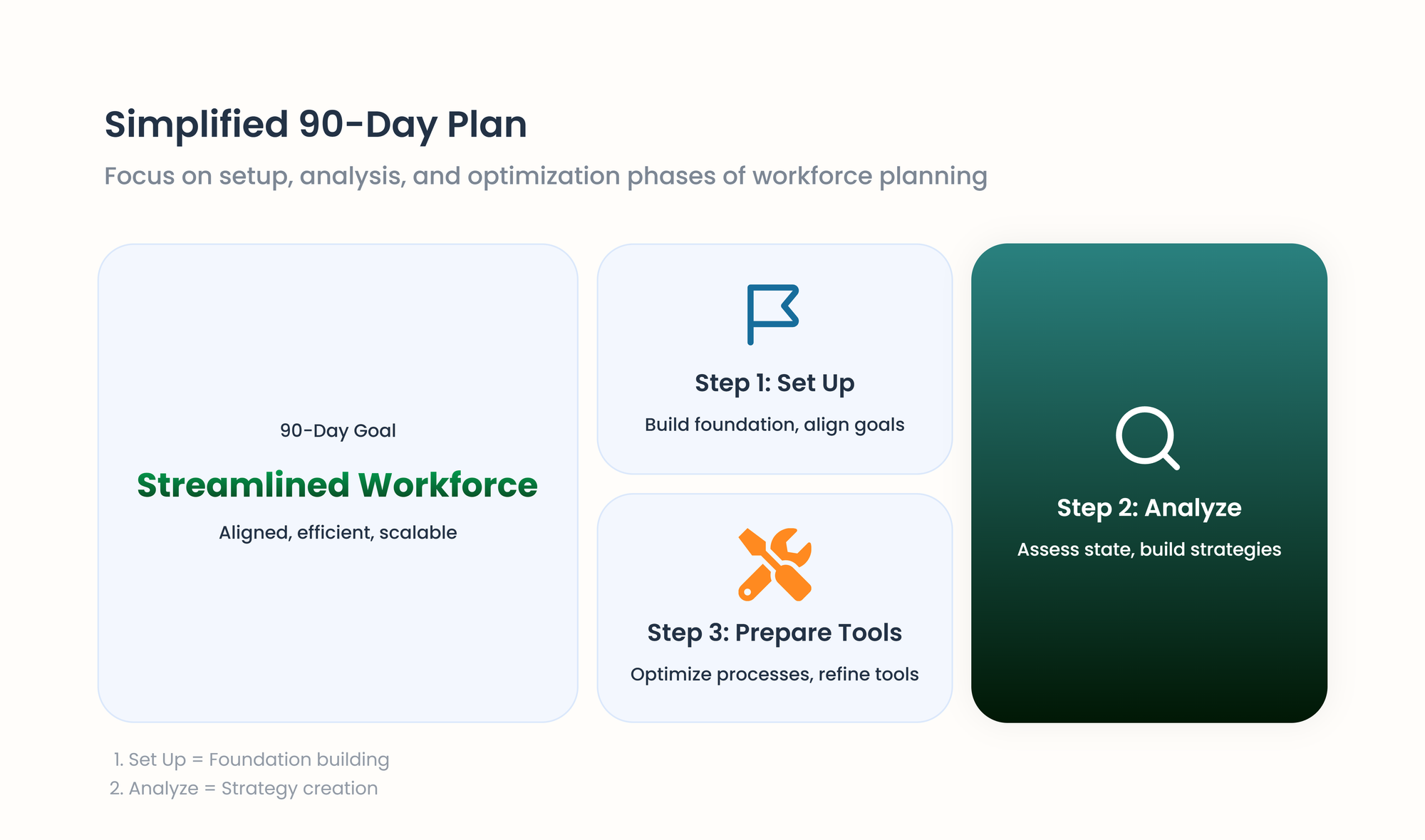
Step 1: Set Up (Weeks 1–2)
Week 1: Get Everyone on Board & Gather Info
Get data on staff from each area now.
Look at firm plans for the next 12 to 24 months.
Identify the key stakeholders and organize a meeting for alignment of goals.
Check your HR tools
Ensure that the data you will feed on is verified and accurate.
Week 2: Current State Assessment
Calculate turnover rates (by roles and departments)
Map current skills inventory to standardize assessment
Identify critical roles
List succession gaps
Analyze how workload is distributed
Check patterns in workloads
Step 2: Analyze (Weeks 3–4)
Week 3: Action Plan
Put deadlines on hiring
Make skill growth plans from gap checks.
Plan for big firm shifts.
Set goals and check-up plans.
Week 4: Plan Integrations
Integrate workforce projections with financial planning
Create resource allocation frameworks
Develop succession planning matrices for key positions
Establish monthly and quarterly review processes
Step 3: Prepare Tools (Weeks 5–6)
Week 5: Process Design
Choose the workforce planning tools
Decide how you will organize data collection
Document how reporting processes are managed
Create templates for reports
Develop communication plans
Week 6: Optimization
Test the process with a pilot program in one department
Gather feedback
Tweak the process
Include an upscaling part in your plan (what will you do when the business grows)
Set audit procedure
Tools to Try: Current State Assessment Template
Department Data Collection:
Department: ________________
Current Headcount: _________
Planned Departures (Known): _______
Historical Turnover Rate: _______%
Key Skills Present: ________________
Critical Skill Gaps: _______________
Peak Workload Periods: ___________Key Questions for Analysis:
- How many are your actual and budgeted employees?
- What positions are the most challenging to fill and why?
- Are there any skill redundancies or gaps in us?
- When are our workloads maxed out, and what are the limits?
Tools to Try: Succession Planning Matrix
Implement an explicit system of succession planning with a 9-box grid that helps in assessing employees on their performance and potential:
Performance
Low Med High
Potential High C B A
Med F E D
Low I H GTools to Try: Development Actions by Category
- A (High-High): Expansion tasks, leadership training
- B (High-Med): Performance coaching, targeted skill development
- D (Med-High): Faster training and development programs, coaching
- E (Med-Med): Standard development, monitor progress closely
Tools to Try: Monthly Workforce Planning Calendar
Week 1: Review last month's hires, departures, and forecast accuracy
Week 2: Revise the updates in forecasts according to business alterations to new project pipeline
Week 3: Skills checks and planning development meetings
Week 4: Have stakeholder meetings and revise plans accordingly
Deep Dives Quarterly:
Revise business projections and therefore the whole forecast for demand
An extensive overview of the skills gap developments
Review of a succession plan, as well as assessment of candidate development
Optimization of budget and resource allocation.
- Demonstrate a keen interest in the adoption of workforce planning not as a wholesome territory-wide change, but one that is enacted gradually.
- Select one department or one area of performance where you have a lot of data and stakeholder support.
- A certain value must be demonstrated in the form of better hiring accuracy, smaller time-to-fill, and the use of resources before expanding across the whole organization.
- The workforce planning should focus on a good beginning with the right data and business alignment, and not on perfect procedures.
- Start small and build steam through a series of wins before you become wide and deep as your organization builds workforce planning capabilities and culture.
- Note that workforce planning is never a once-off work but a continuous exercise.
As a strategic process, it has to be subject to regular review, modification, and optimization. This is because success rests on the ability to have close collaborations between the HR, finance, and business leadership to the extent that a business reaches an adaptive mode to changing conditions in the market.
How to Create a Workforce Planning Strategy: Step-by-Step
Proper workforce planning relies on adhering to a step-by-step working framework that is actionable.
It is a good idea to divide it into 5 manageable steps.
Step 1: Align with Business Goals
Before you set up your team, know where your work is going. This means you look past the next few months and think about the next 1-5 years.
- What big aims do you have?
- Are you moving into new areas?
- Bringing out new things or ways to work?
- Planning to get bigger or maybe pull things together?
Here's how: Begin by working with your hiring plans. Look at the list of goals, see where the market is going, and see how your goals touch what you need from your people. If you're a tech team ready to start a phone app, you'll want top app developers.
Here's where TMetric helps: While TMetric can't choose your big aims, it gives past data that helps you guess your future needs. By looking at the time on various tasks and projects, you can check your guesses about growth or new needs. For example, if TMetric shows you spent 40% more time on R&D for new things last year, this means you likely need more tech minds.
A quick tip: Play the "What If" game. Make up different team plans based on how your work might turn out. What if you grow 20% faster than you thought? What if a big area falls short? Having several ways planned helps you stay quick and ready.
Step 2: Collect and Analyze Current Workforce Data
Most businesses get stuck as they only know basic facts about the people they have. You need to know not just who is there, but also how realistic your schedules are, how well teams work, what skills they have, and where the risks might be.
What to do: Check skill levels, look at performance, see why people leave, and think about who can take lead roles next. But here's a twist—don't just use job roles and charts.
Where TMetric is key: Here, tracking time turns into your secret way to check your team.
Work monitoring: TMetric shows real work through project and task tracking. For example, you may find out that Sarah's team constantly overworks, while John's team often has free time. This shows where work could be shared or where more people might be needed in Sarah's team.
Use of Skills: With TMetric, tasks and projects are tagged with skills, showing which skills are used the most and who is using them. This spotlights key skills, skills not used enough, and skills gaps that job roles don't show.
Project Speed and Workforce Involvement: TMetric reports how long projects take and what they cost. This can show where things are not working well or where more skilled workers are needed to get the job done well.
Beyond the Chart: TMetric can help you see the hidden talents of your staff. For instance, you might find your marketing person really spends a lot of time on data and is great at it—info that's useful for future plans.
Step 3: Forecast Future Needs
Now we get to the hard part: lining up what you will need later (Step 1) with what you have now (Step 2) to find where you might lack or have too much. This is not about getting it spot on—it's about smart guessing that gets better as you go.
The forecast should include different possibilities and periods, from one quarter up to several years of strategic staffing.
When formulating their forecasts, organizations should also consider the time needed for the recruitment process, training, and development of skills.
How to do it: Leverage the data for forecasting (include in the analysis the number of workers, turnover rates, and expected changes in skills or tech). Think about things like when people might retire, how they move up in their jobs, and what's going on in your field.
Where TMetric helps check your guesses: Past TMetric data turns into your checking tool. If you think you'll need more coders for a new type of job, how long did hiring take before? This moves you from guessing to using real data to guide you and estimate costs with precision.
Step 4: Identify Gaps and Risks
Once you know your weak spots, it's time to make firm plans to fix them. Here, you pick from four main choices: "buy, build, borrow, or bot"
Your key choices:
- Recruit (Buy): Hiring people with new skills.
- Develop (Build): Teach, enhance, and train current workers.
- Outsource/Contract (Borrow): Use freelancers, advisors, or workers for certain jobs.
- Automate (Bot): Use tech to cut down on the need for people.
How TMetric helps guide your choices:
Finding Training Needs: TMetric data on time can show where training is much needed. If your team often takes more time than planned on certain work, it's a clear sign for more skill training.
Watching Performance After Training: Track time on tasks after training to see how good the programs are. Are employees faster at tasks after training? TMetric can tell the worth of your training spending.
Backing Automation: If TMetric finds a lot of time spent on tasks done over and over for little value, it offers firm data to back spending on automation tools or methods.
Beyond Hiring: Keep in mind that hiring isn't always the way. Sometimes the best option is to grow your own talent, bring in workers for certain jobs, or use tech for usual tasks.
Also equally crucial is the risk identification, which should take into account such aspects as being overly dependent on certain employees, possible overuse burnout, as well as the obsolescence of skills in the face of technological change.
Through this analysis, it is possible to work proactively instead of a reactive workforce management.
Step 5: Implement an Action Plan, Monitor & Adjust
According to the gap analysis and risk evaluation, certain action plans should be made within organizations to resolve identified problems by means of strategic hiring, particular training, or reallocation of internal resources.
The action plan must have realistic schedules, budgetary requirements, and success measurement.
It must be properly coordinated in many departments and monitored frequently during the implementation.
Reporting mechanisms can be put in place by organizations to monitor progress with regard to the set goals and how to change strategies where necessary.
Workforce planning is not just once a year. It keeps going and needs constant checks and tweaks. Things shift in business, focus changes, and fresh chances pop up.
How to do it: Set up times to review, make ways to get feedback, and allow room for change in your plans. Check monthly for small changes, every quarter for big moves, and have a big plan session once a year. This works for most groups.
Where TMetric adds value all the time
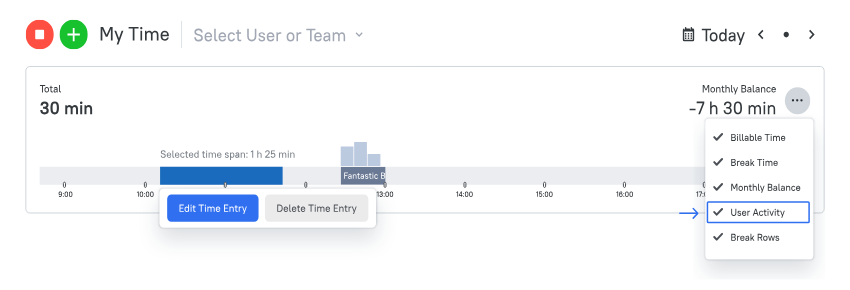
Constant Feedback: TMetric gives data all the time, checking work, how far projects have come, and how much of your resources are used. You can find issues fast and fix them before they get big.
KPI Tracking: Use TMetric to follow key points for team workload planning —how long projects take, how much work teams bill for, wins in work speed, and how you use your resources.
Adapting to Change: When new jobs start or things need to change, TMetric data helps you move things and change plans fast based on what you really can do and have.
The Agile Workforce: Use quick updates in your plan for people. Just like agile methods use constant changes and upgrades, your workforce planning should be ready to shift and grow.
Tools That Support Workforce Planning
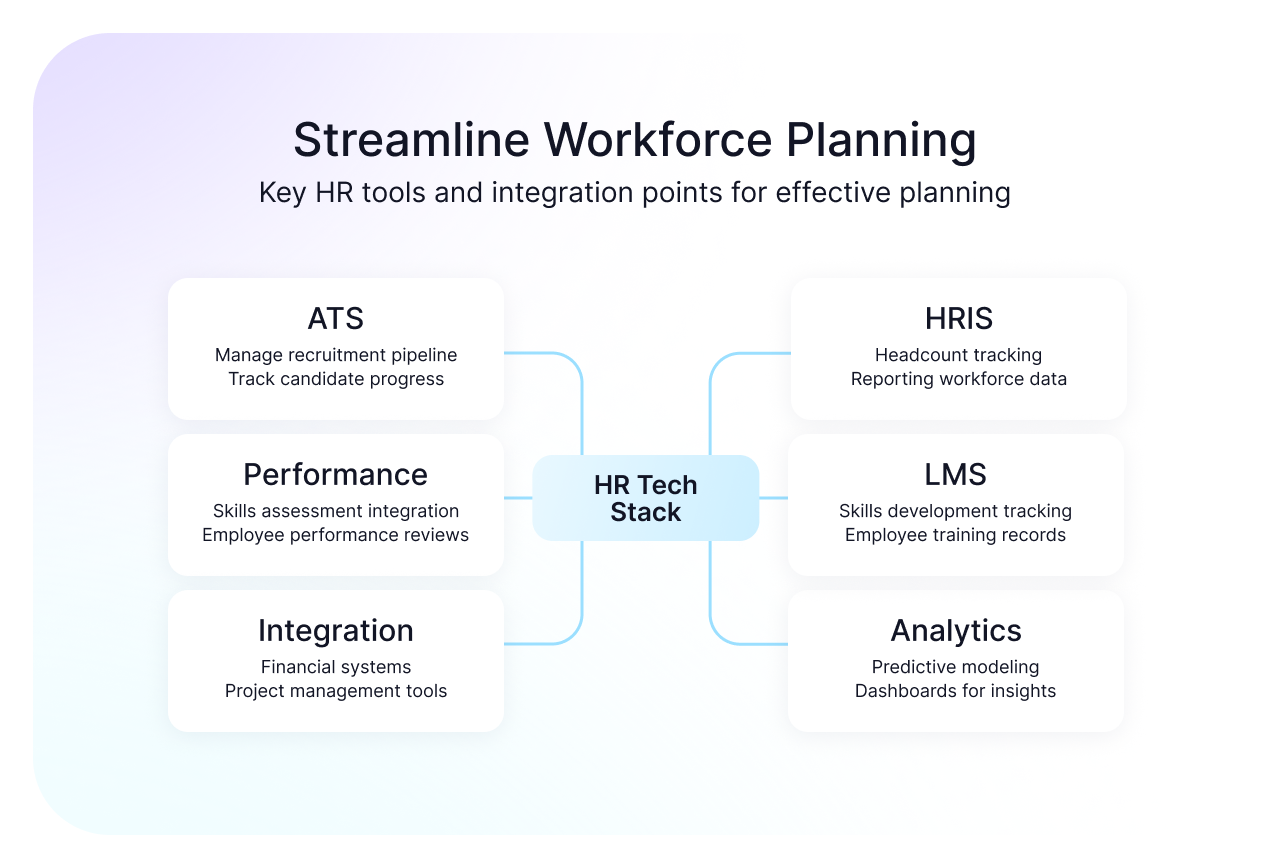
The current practice of planning cannot be without the intelligent tools, which are necessary to convert the raw data into a clear understanding.
Such time trackers as TMetric assist in choosing an optimal workforce strategy. It helps teams allocate their time and see what projects they are working on, and where they may have a time crunch – all this is vital to predict requirements.
HR systems such as BambooHR simplify the process of storing information about employees, monitoring performance, and identifying trends within the workforce, which is a sound base when it comes to planning.
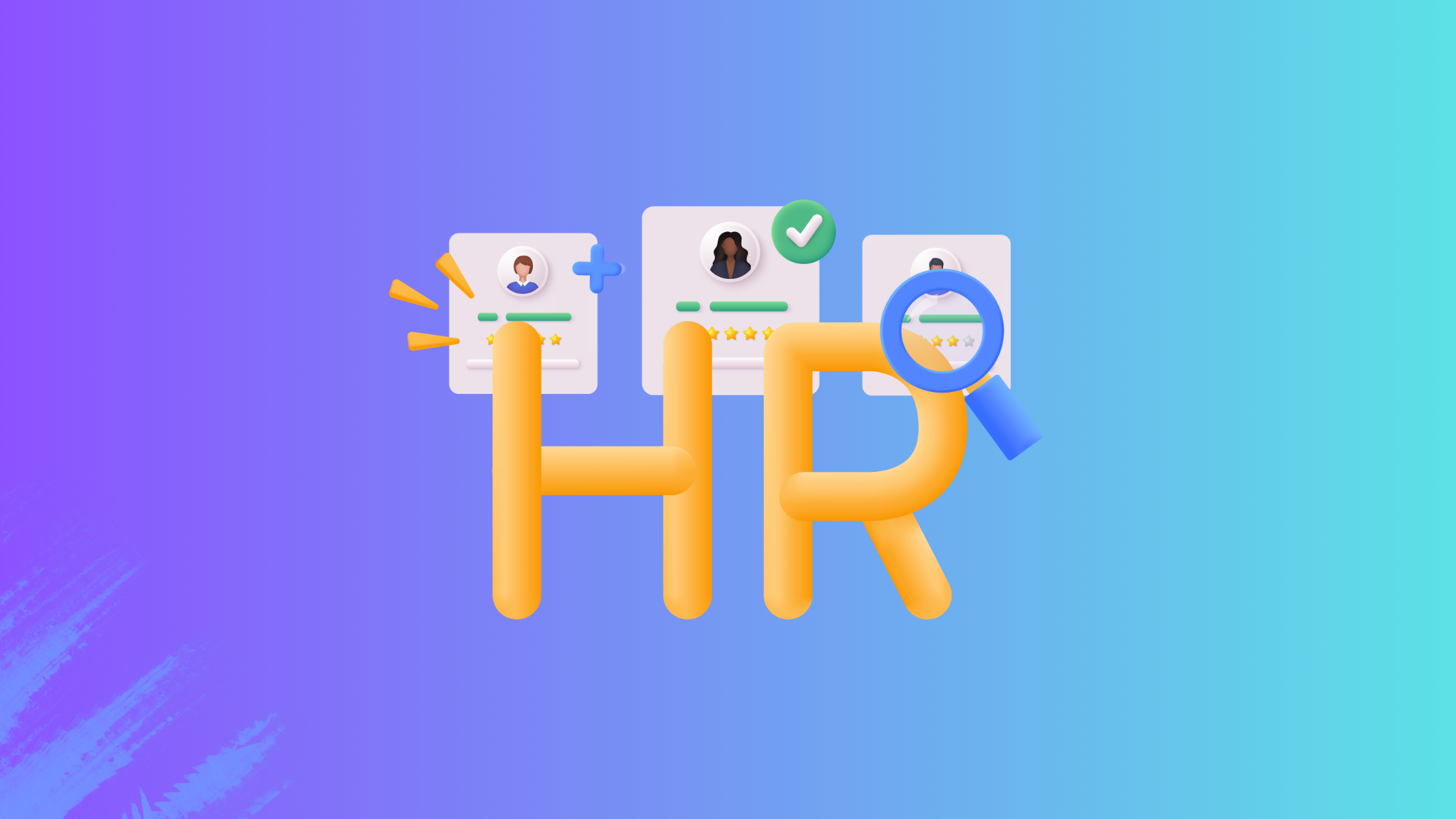
Asana and Jira are project management apps that demonstrate the distribution of work, the state of progress on projects, and resource distribution so that teams can detect bottlenecks before they occur.

More niche planning tools, such as Float or Resource Guru, take it several steps further with the addition of scenario planning, staffing planning, and capacity modeling into the future.
Workforce Planning Use Cases
Agencies and Professional Services
Unlike other service providers, the nature of marketing agencies, consulting firms, and professional services organizations implies special workforce planning because of:
- The project-based nature of business
- Demand pattern, which is client-oriented.
Such organizations need to be cautious in balancing available billable time and client obligations and need to always remain flexible to the needs of a project.
Agency workforce planning demands advanced appreciation for utilization rate, project schedules, and seasonality of the clients.
Organizations have to combine the demand for a specific skill set and resource mobility as projects progress.
This usually includes the production of cross-training programs and staying with flexible staffing models that are flexible to the changes in client requirements.
Startups and High-Growth Companies
Small and rapidly expanding firms have special workforce planning issues as they grow from small groups to larger firms.
Such businesses have no other choice but to deeply coordinate recruitment processes with funding dates and revenue forecasts, and be able to adjust quickly to fluctuating industry trends.
In start-ups, workforce planning must be done at a sophisticated level of growth patterns, funding patterns, and dynamics of the market.
Companies are risking the situation when the moment of accelerated expansion coincides with instances of unforeseen over-hiring. This is mostly done through the creation of flexible personnel arrangements and good associations with freelance or contract employees.
Remote and Distributed Teams
Distributed and remote teams entail special labor force scheduling issues regarding time zone alignment, cultural disparities, and limitations of communication.
Organizations have to strike the right balance amid global capacity in various time zones, collaborative efforts, and coordination of projects.
The talent market, cultural factors, and communication dynamics are all quite advanced in nature, and close attention to them is required to carry out effective workforce planning when it comes to remote teams.
The companies need to devise ways of ensuring that the distributed workforce maintains team cohesiveness and productivity as they take advantage of the earning power and talent of global hiring.
Retail and Seasonal Businesses
Retail organizations and other seasonal companies experience a drastic nature of change in work requirements in accordance with the seasonal demand patterns.
Such companies need to stock up well in anticipation of peak times, but they have to do this at a level that they will not be able to afford at other times.
Seasonal businesses must have advanced knowledge of demand patterns, the local labor market, and training needs in workforce planning.
Companies need to devise a strategy of how to expand quickly in terms of workforce during peak season, and this should be effectively enhanced without compromising on quality and customer service.
Common Mistakes to Avoid
Reducing their workforce planning strategy to technical skills only is one of the greatest errors that companies can make.
📛Although technical skills are important, they are not significant determinants of long-term success and team output: soft skills such as communication, flexibility, and leadership usually prove to be the difference-makers.
📛The other potential pitfalls are basing the workforce planning on obsolete or incomplete information.
In the modern business world, where things are fast shifting, organizations are required to invest in data collection, recognition, and analysis that can be trusted, including factors of time, as contemporary man fights hard to stay relevant in his own business.
This involves updating job descriptions, skill needs, and performance indicators on a routine basis.
📛The most common pitfall that most organizations fall into is the view that workforce planning is or should be a one-time project. Successful workforce planning entails following up, correcting, and improving according to modifications in business circumstances and performance outcomes.
📛And lastly, companies fail to balance the workforce planning appropriately with the finance and the operations, and that would result in unrealistic expectations and poor allocation of resources.
To have sustainable outcomes, workforce planning needs to be closely linked with financial planning and the constraints of operation.
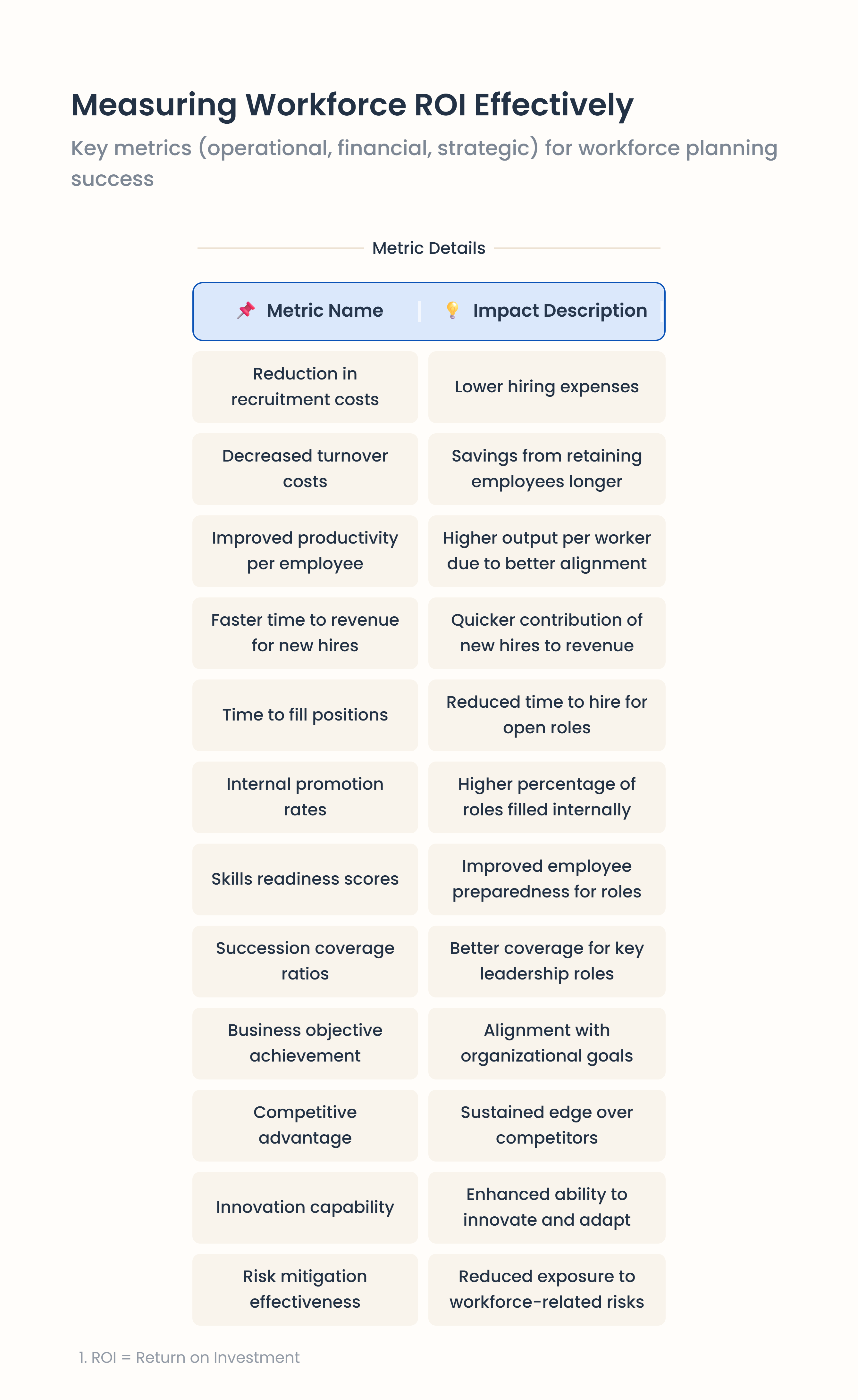
Final Thoughts
Workforce planning is about building a pipeline of talent so you're not scrambling when key people leave, and it's about being flexible enough to adapt when the market throws you a curveball.
At the end of the day, workforce planning is really about being prepared.
It's the difference between constantly putting out fires and actually having a strategy that helps your business grow sustainably.
Start Your Free TMetric Trial Today and take the first step toward strategic workforce planning that actually works.




